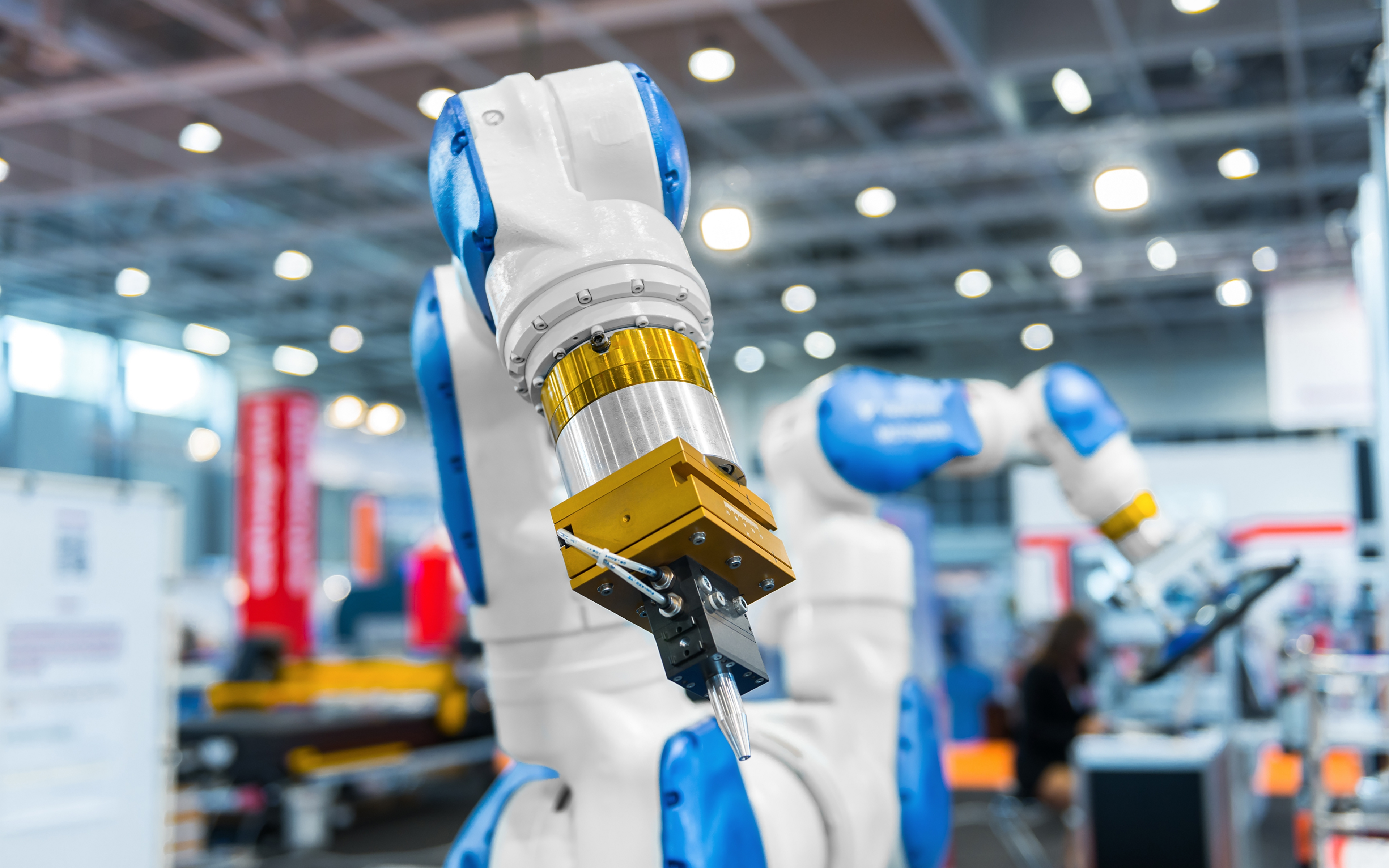Take a look at the top risks for manufacturing and distribution organizations and, no surprise, supply chain challenges top the list. But close behind are people-related challenges, including succession planning and the ability to attract and retain top talent and in-demand skills.
With unemployment continuing to hover at historically low levels (for example, less than 4% in the United States), it is understandable that manufacturing and distribution organizations ranked several people issues as top risks for this year and the next decade in our Executive Perspectives on Top Risks for 2022 and 2031 study, an annual survey conducted by Protiviti and NC State University’s Enterprise Risk Management Initiative.
In the survey, board members and executives highlighted the ability to attract and retain talent, succession challenges, increasing labor costs, upskilling and training efforts to facilitate the adoption of digital technologies, and employee resistance to operational or business model changes as chief concerns today – – and also a decade from now.
For an industry that has historically prioritized machinery, processes, facilities and automation, these current and future apprehensions are forcing manufacturing and distribution companies to approach human resources in a new way.
Indeed, many manufacturing and distribution organizations still rely on traditional annual reviews as their primary performance management and assessment tool. While such reviews have their place, forward-thinking manufacturers are embracing more robust people management strategies. They understand that creating a positive and differentiated employee experience can drive business growth and innovation and enhance the people function.
Improving the employee experience is twice as likely to help companies exceed financial targets and satisfy customers, for example, and it is five times more likely to create a sense of belonging and strengthen employee engagement and retention, according to HCM Metrics, an organization that assesses human capital management effectiveness. This approach also can help employees adapt to change and innovation more effectively.
More than ever, adopting a management framework that will create a favorable employee experience and higher levels of job satisfaction is critical to recruiting, hiring and retaining talent. It also results in significant competitive advantage. Here are a few considerations that will help manufacturing and distribution organizations craft that framework:
First-line managers
In our opinion, first-line managers are the most important face in manufacturing and distribution organizations, but many organizations have not fully grasped how much influence these managers possess. They are generally promoted because of their technical expertise, and are looked up to by employees because of that characteristic. But the position also demands that they be stewards of company culture and that they build strong relationships with people on the floor.
Companies have the opportunity to develop strong training and development programs to ensure these managers are equipped to fulfill their roles. Succeeding in this effort hinges on promoting people who not only have technical expertise, but who also have displayed effective managerial skills, including the ability to connect with co-workers and inspire collective behavioral changes that support the business.
Well-being
Employee recognition over the last two years has arguably been more important than ever, as the nature of manufacturing and distribution work required employees to show up at the plant during the pandemic instead of working from home. Often, even hybrid work is not an option. But even as COVID-19 has receded from the headlines and some sense of normalcy has returned, manufacturers continue to contend with the question of whether stressed supply chains will provide the parts and components needed for production.
This fluid environment has forced organizations to consider different sourcing strategies and adjust production runs to accommodate the availability of parts. In turn, this has interrupted the cadence of manufacturing processes. Together with macro concerns about inflation, a new bug or COVID-19 resurgence, and geopolitical events, these disruptions have increased employee stress. As a result, companies need to pay close attention to the physical and mental well-being of their workers and provide programs, learning and development opportunities, a positive and supportive workplace culture, and events that can help reduce tension and increase employee satisfaction and engagement.
Technology
Technology enables employee productivity and should be integrated, intuitive and aligned with the customer experience. Ideally, manufacturing and distribution organizations are providing their people with the right technology and tools so that they can do their job efficiently and are not propping up an antiquated system that requires employees to search for workarounds or new tools.
At the same time, the growing introduction of new technologies such as robotic process automation (RPA) can cause unease among workers, who may believe that they are being replaced by machines. In reality, RPA and similar innovations are providing people with the opportunity to acquire new skills and assume roles that are of greater value to manufacturing and distribution organizations.
Manufacturers adopting RPA and other innovations can help avoid employee uncertainty by being clear on their goals and prepared to manage change. First, manufacturing and distribution organizations need to fully embrace digital transformation, a concept that even now remains foreign in many manufacturing environments. Second, they need to implement a robust change management process that is in constant communication with employees to mitigate the risk of disengagement and potential attrition.
Recognition
Too often, managers and supervisors fail to recognize people regularly for their everyday work, the extra effort they put into a certain project or an innovation that they are helping to drive. The floor of a manufacturing company, for example, is not thought of as a place where people get in touch with their feelings, the thinking of management frequently goes, and why should employees be acknowledged for simply performing the work that they are paid to do?
But people at all levels of an organization appreciate feedback, and manufacturing employees especially take great pride in their work. Therefore, rolling out strategic recognition programs can help improve employee retention as well as loyalty, as measured by Employee Net Promoter Scores. As part of this effort, manufacturing and distribution organizations also have an opportunity to highlight their own positive contributions to employees, for example, by educating people on the full value of their compensation package and linking it to the success of the firm. That includes explaining how much the company contributes to healthcare costs and a 401(k) program, as well as other benefits that may not be overtly apparent to workers.
In closing
The dire need for workers in this low unemployment environment is hitting all segments of the economy, and like companies in other sectors, manufacturing and distribution organizations are competing for too few workers to fill too many jobs. To boost their ability to recruit, hire and retain talent, manufacturing and distribution firms must ensure they are making every effort possible to enhance the employee experience and create a strong organizational culture, from establishing recognition programs to generating acceptance for the deployment of new technologies. They also must prioritize and measure employee engagement. Companies that emphasize these values will have the best opportunity to generate positive people and innovation results and fuel business growth.






